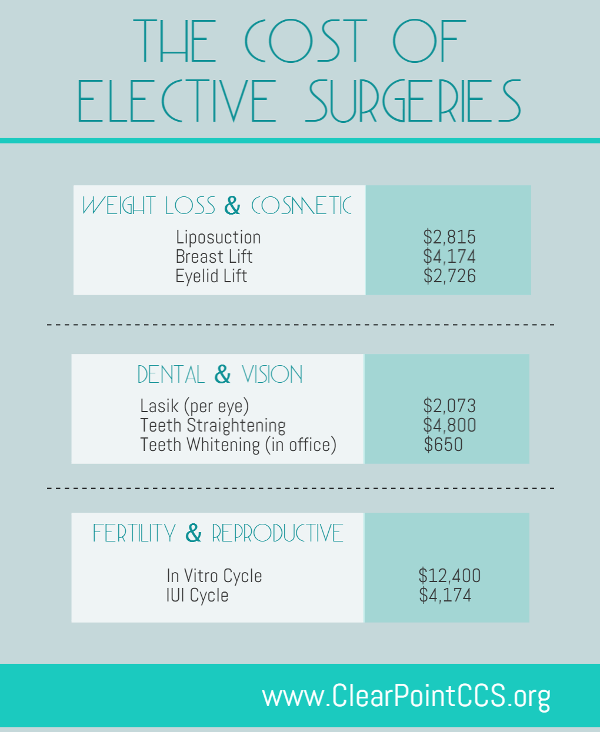Does Stress Worsen Hormonal Acne
Does Stress Worsen Hormonal Acne
Blog Article
Hormonal Acne - What is Hormonal Acne?
Hormone acne is identified by stopped up pores and oily skin that normally appears on the chin and jawline. It occurs when hormone modifications trigger swelling and bacterial overgrowth within hair follicles.
Outbreaks might look like whiteheads, blackheads, papules or pustules and cysts or nodules in more severe cases. It is much more common in teens going through adolescence however can impact adults of any type of age.
What Triggers Hormonal Acne?
While acne can be triggered by a range of elements, including utilizing hair and skin care products that aren't oil-free or made with components that could clog pores, genetic predisposition, diet,2 and stress, the root cause is fluctuating hormonal agents. Hormone acne takes place when the body experiences hormone adjustments and changes that result in an overproduction of sebum, which causes inflammation, increased growth of microorganisms and adjustments in skin cell task.
Hormone acne is typically discovered on the lower jawline, cheeks and neck but can appear anywhere on the body. It is identified by imperfections that are cystic, excruciating and loaded with pus or various other product. It is likewise more likely to occur in females than males, particularly during adolescence, the menstrual cycle, pregnancy or menopause.
Age
While several children experience acne eventually during puberty, it can continue to torment grownups well into adulthood. Called hormone acne, this type of breakout is tied to variations in hormonal agents and is normally most typical in women.
Hormone acne takes place when oil glands create excessive sebum, which clogs pores and catches dead skin cells. This causes the formation of blemishes, such as whiteheads, blackheads and papules, pustules, cysts or blemishes, deep under the surface area.
This type of blemish usually triggers pain, redness and swelling. It may also be intermittent and appear around the same time every month, such as right prior to your period begins. This is since levels of women hormonal agents like progesterone and oestrogen vary with each menstruation.
Menstruation
Hormonal acne typically shows up in the lower part of your face, along the jawline and cheeks, as whiteheads, blackheads or inflammatory pimples (acnes and cysts). It's probably to show up around the moment when your menstrual cycle adjustments.
Particularly around ovulation, when estrogen and progesterone levels get on the increase, hormone variations can trigger outbreaks. However it's also feasible to get acne at any factor during your 28-day menstruation.
If you discover that your hormonal acne flare right before your duration, try noticing when precisely this happens and see if it connects to the phases of your 28-day menstruation. This will certainly help you identify the root causes of your skin problems. For instance, you might wish to work on balancing your blood sugar and eliminating high-sugar foods, or consider a prescription drug like spironolactone that can regulate your hormonal agents.
Pregnancy
Expanding an infant is a time of significant hormonal adjustments. For numerous women, this includes a flare-up of hormone acne. This kind of outbreak usually begins in the very first trimester, around week six. It's triggered by hormonal agent surges that boost sebaceous glands to make even more oil, which can clog pores and create more microorganisms to build up.
Outbreaks may likewise take place as a result of pre-existing conditions like polycystic ovary disorder, which can also be a concern during pregnancy and menopause. Additionally, some types of contraceptive pill (such as Ortho Tri-Cyclen and YAZ) can trigger hormone acne in some females.
Fortunately, the majority of acne treatments are "no-go" for expectant women (consisting of popular acne-fighting components such as isotretinoin and spironolactone). Yet if you can't prevent those irritating bumps, your physician might recommend dental erythromycin or cephalexin, which are safe during pregnancy.
Menopause
As females approach menopause, the estrogen levels that created their hormone acne to flare throughout puberty start to maintain and decrease. At the same time, nevertheless, a spike in androgens (additionally referred to as male hormonal agents) takes place because these hormonal agents can not be converted into estrogen ultherapy beverly hills as successfully as in the past.
The excess of androgens can activate oil manufacturing by the sebaceous glands, which blocks pores. When the clogged up pores become irritated and aggravated, a pimple types.
Hormone acne is typically seen on the face, especially around the chin and jawline, yet it can take place on the neck, back, shoulders, or chest. This kind of acne often tends to flare up in a cyclical pattern, comparable to the menstruation. Stress, which enhances cortisol and tosses hormonal agents out of balance, also contributes to the outbreaks.